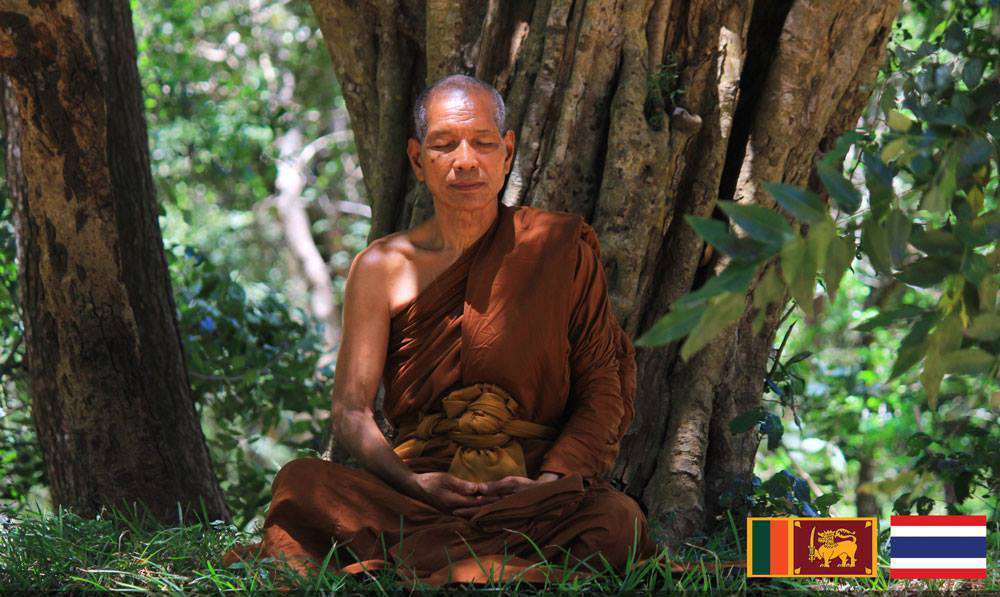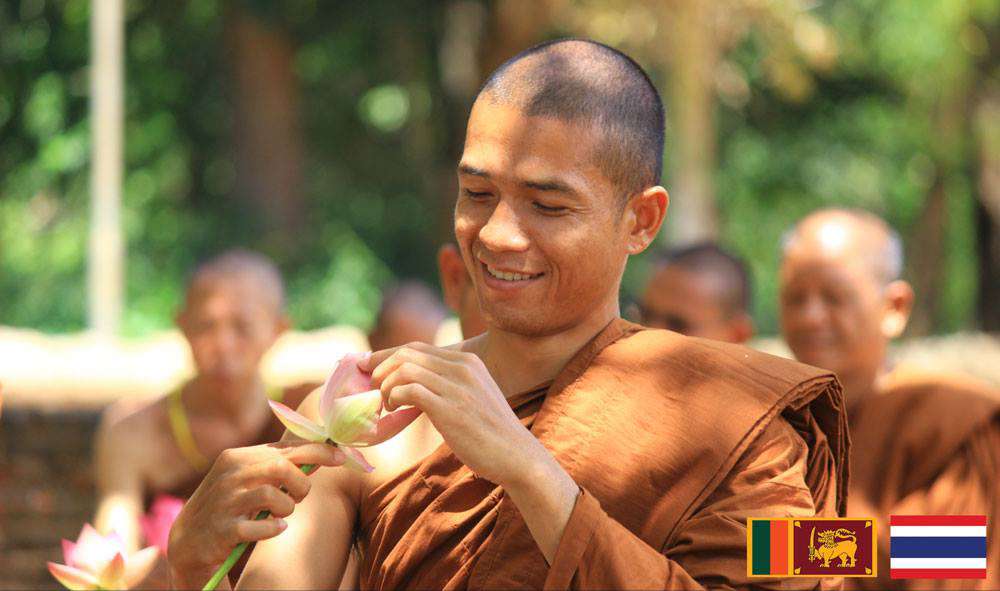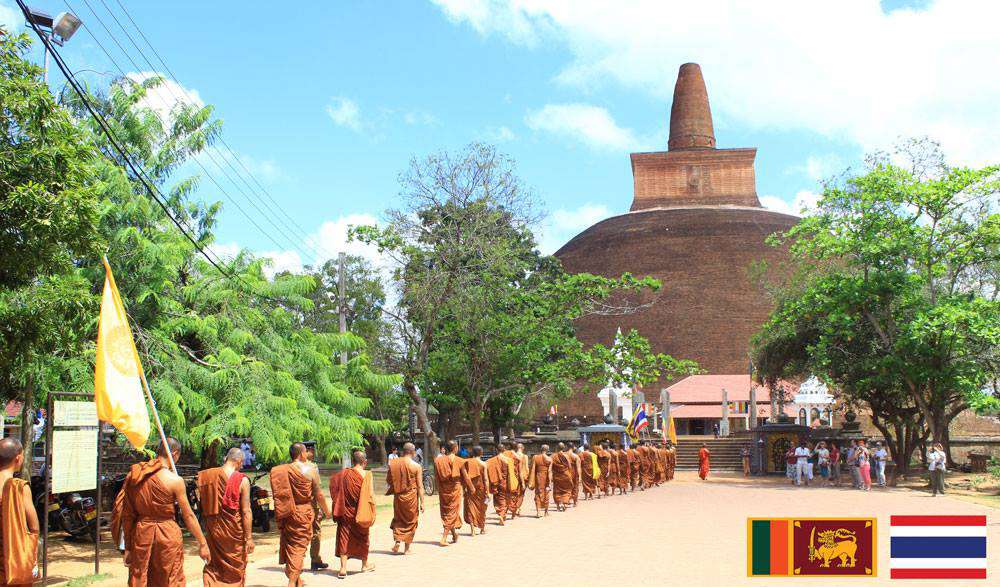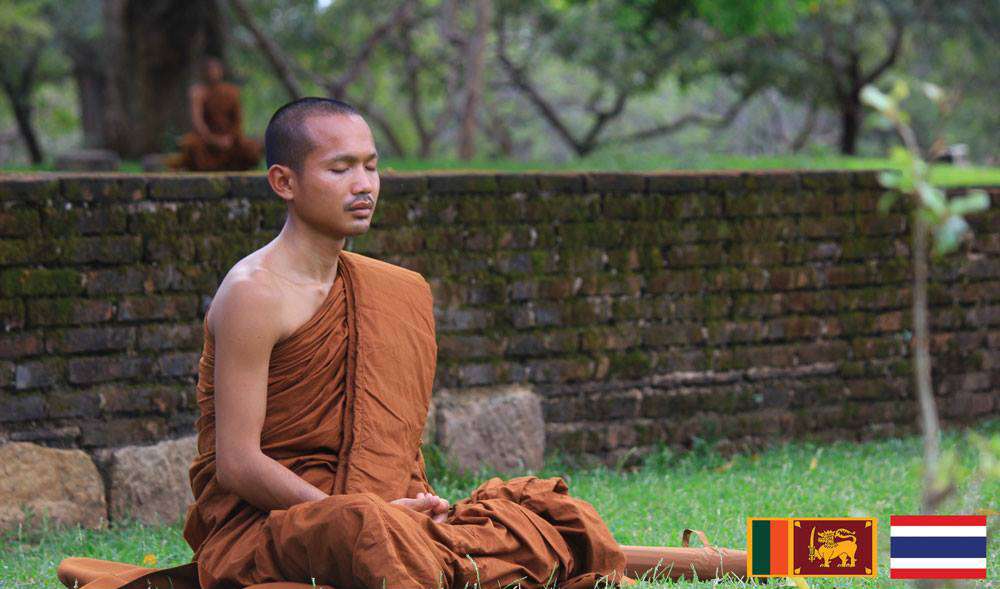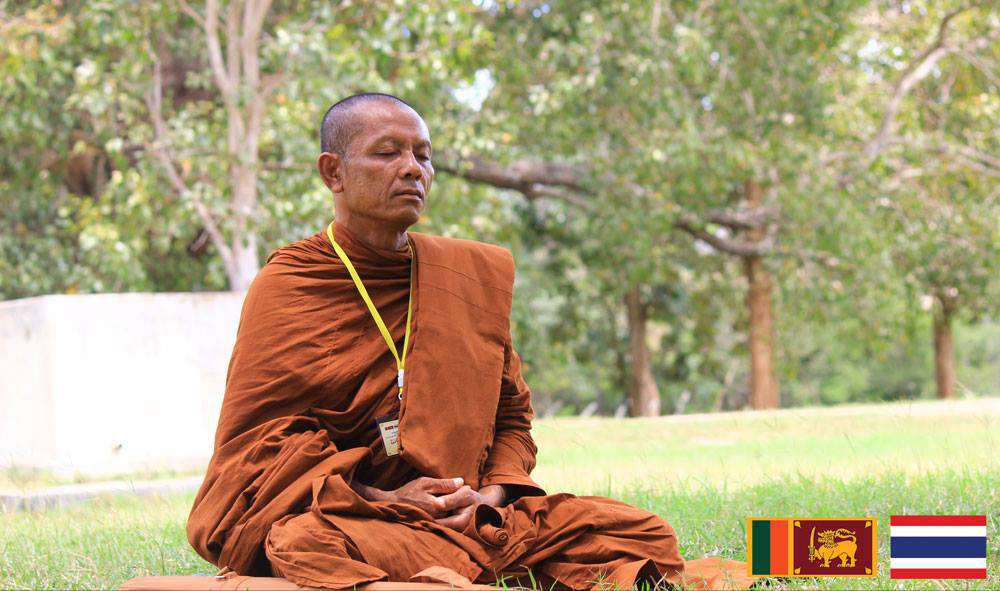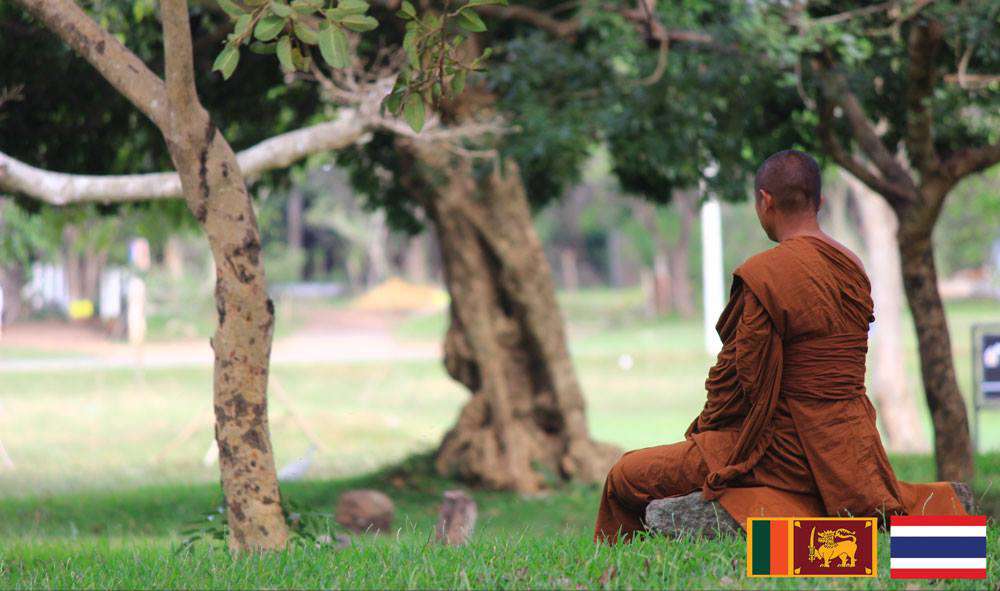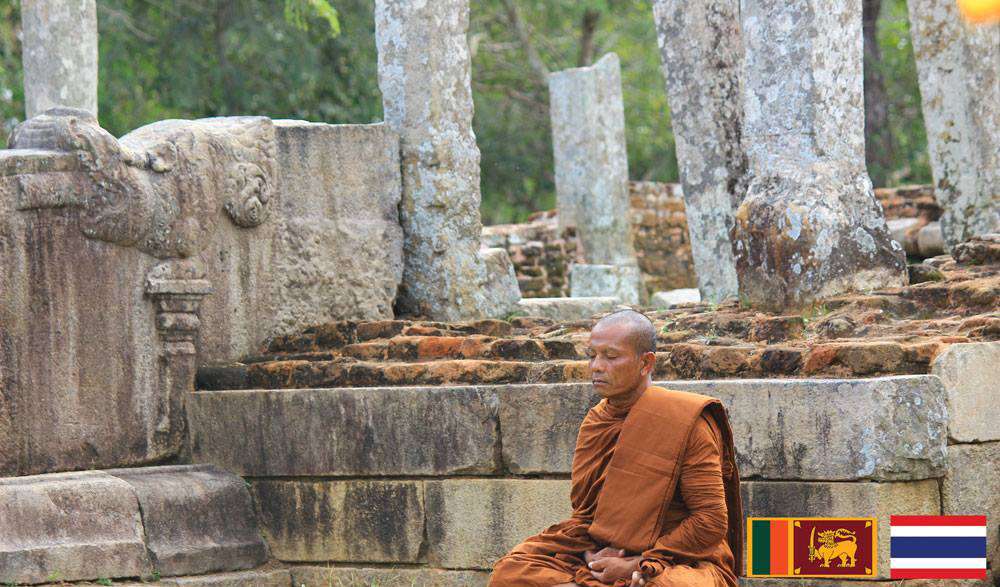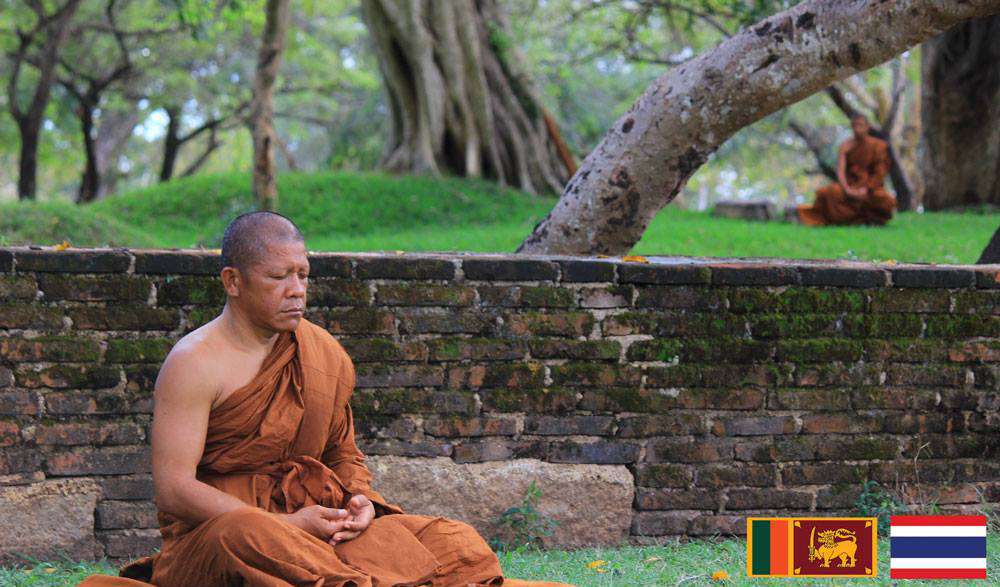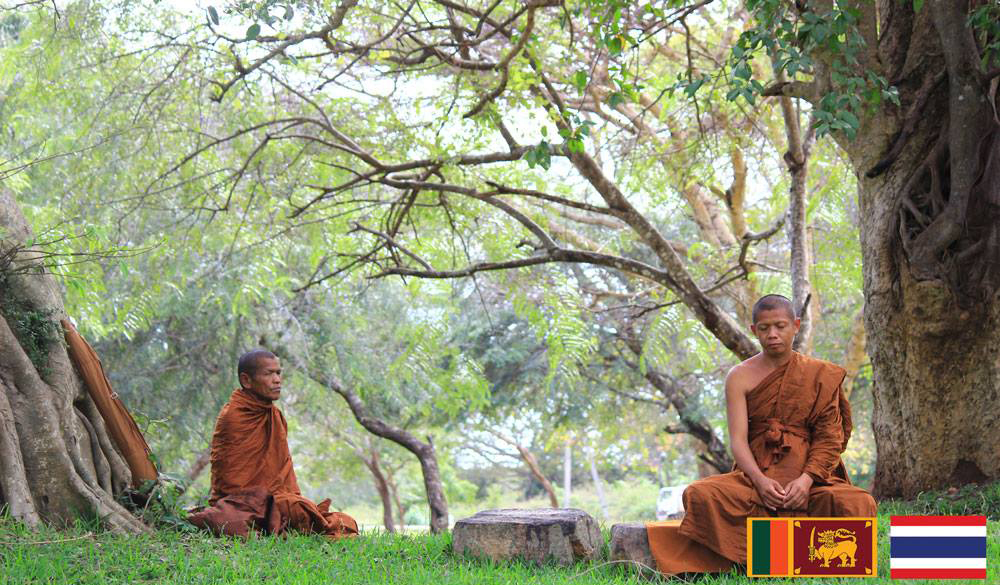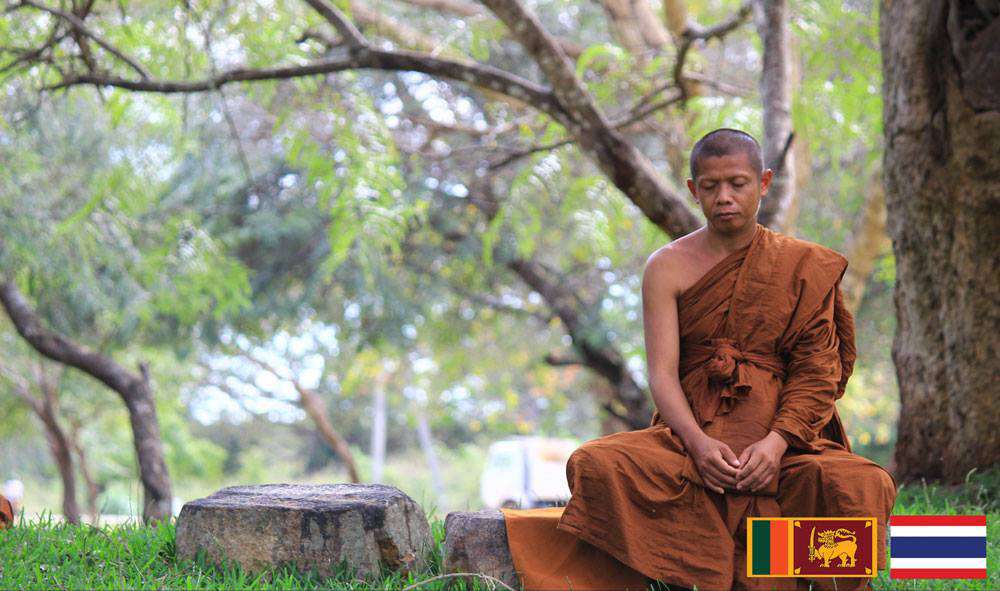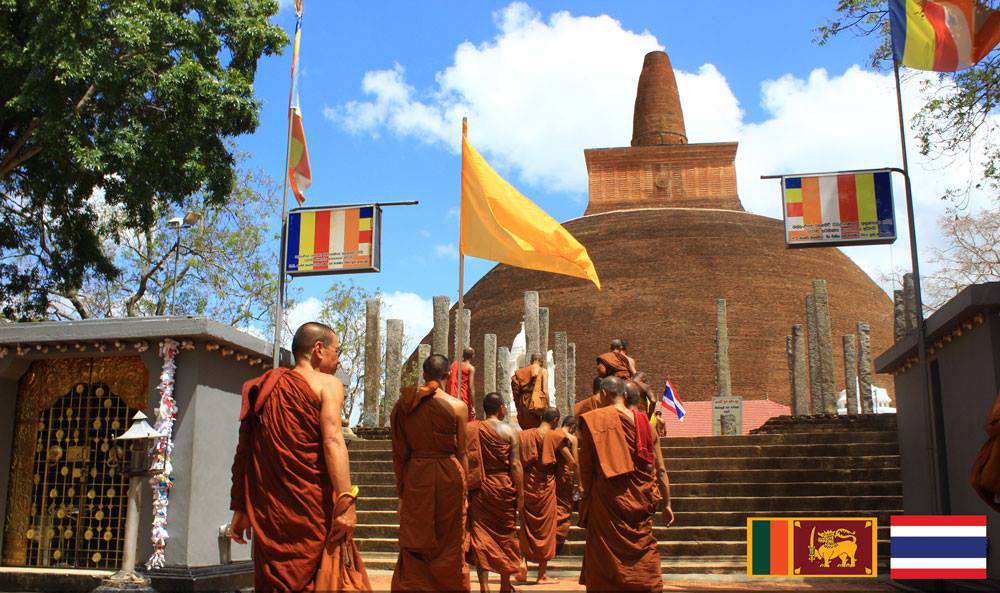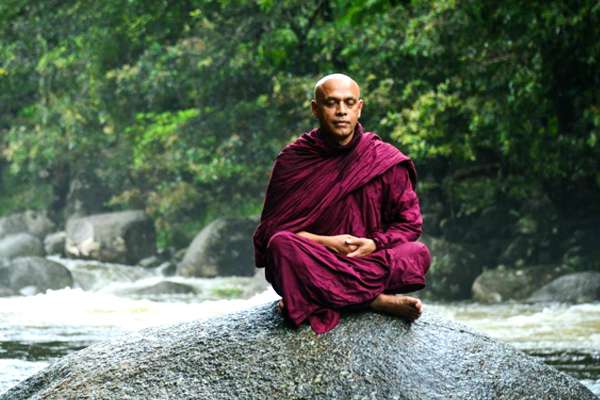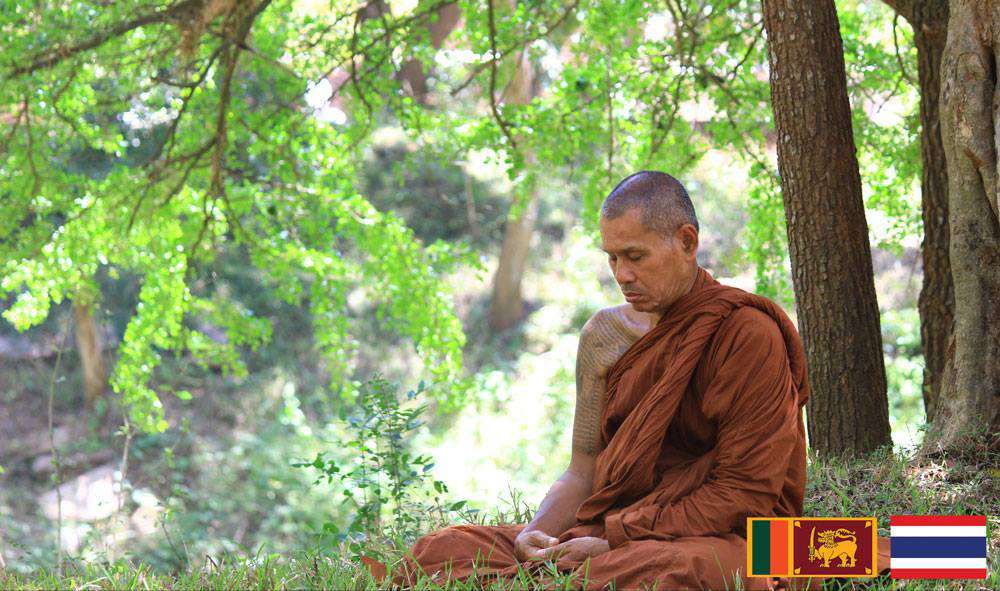1. Kāyānupassanā: The Observation of Body
1.3 Sampajañña Pabbaṁ: Section on Clear Comprehension
Puna ca paraṁ bhikkhave bhikkhu / abhikkante paṭikkante sampajānakārī hoti./ Ālokite vilokite sampajānakārī hoti./ Sammiñjite pasārite sampajānakārī hoti./ Saṅghāṭipattacīvaradhāraṇe sampajānakārī hoti./ Asite pīte khāyite sāyite sampajānakārī hoti./ Uccārapassāvakamme sampajānakārī hoti./ Gate ṭhite nisinne sutte jāgarite bhāsite tuṇhībhāve sampajānakārī hoti./
“Again, monks, a monk is fully alert when going forward and returning, • when looking ahead and looking away, • when bending and stretching his limbs, • when wearing his robes, and carrying his outer robe and bowl. He is fully alert when eating, • drinking, consuming food, and tasting. He is fully alert when defecating and urinating. He is fully alert when walking, standing, sitting, • falling asleep, waking up, talking, and keeping silent.
Iti ajjhattaṁ vā kāye kāyānupassī viharati./ Bahiddhā vā kāye kāyānupassī viharati./ Ajjhatta bahiddhā vā kāye kāyānupassī viharati./
“In this way he dwells contemplating his own body, • he dwells contemplating others’ bodies, • and he dwells contemplating both his and others’ bodies.
Samudaya dhammānupassī vā kāyasmiṁ viharati./ Vaya dhammānupassī vā kāyasmiṁ viharati./ Samudaya vaya dhammānupassī vā kāyasmiṁ viharati./
“He dwells contemplating the arising of the body, • he dwells contemplating the passing away of the body, • and he dwells contemplating the arising and passing away of the body.
Atthi kāyo’ti vā panassa sati paccupaṭṭhitā hoti./ Yāvadeva ñāṇa mattāya, patissati mattāya,/ anissito ca viharati./ Na ca kiñci loke upādiyati./
“Mindfulness, that there is a body • is simply established in him • to the extent necessary for higher knowledge and mindfulness. He dwells independent, and not clinging to anything in the world.
Evampi kho bhikkhave bhikkhu / kāye kāyānupassī viharati./
That is how monks, a monk dwells contemplating the body in body.


